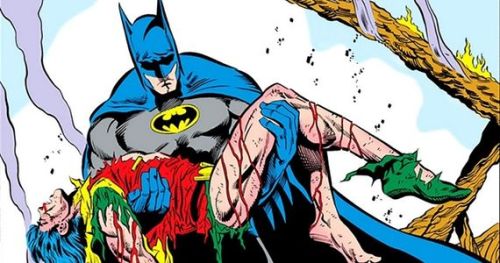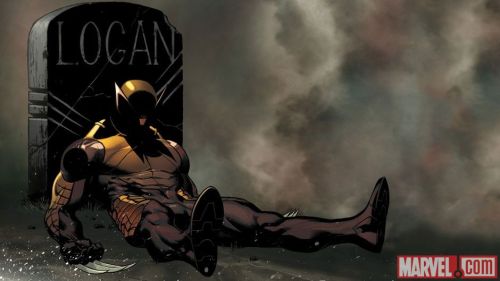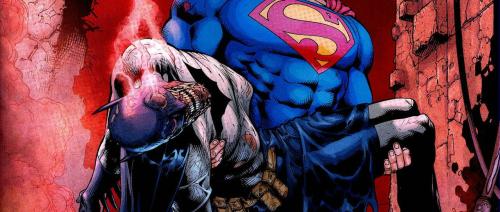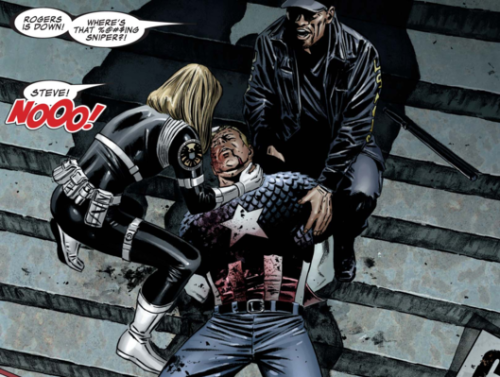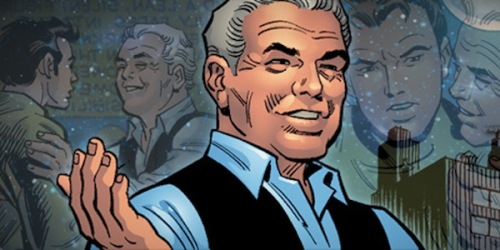Many comic book readers know the old saying, “Nobody stays dead except Bucky, Jason Todd and Uncle Ben.” Well, at least it’s still true for the last one. Editors, writers and many others who work in the mainstream comic industry have called the death and inevitable resurrection of popular characters a central part of the genre.
(Spoilers Below)
Name any superhero or villain and chances are they’ve died at least once. More often than not, they’ve met their demise on multiple occasions. Superman, Batman, Captain America, The Flash, Green Lantern, Thor, Hawkeye and hundreds of other comic book character have died, been resurrected and died again. After so many years of the death/resurrection concept being used, it’s hard to say it’s anything but cheap and takes so much away from the death of characters.
Only a few weeks ago, readers witnessed the “death” of one of Marvel’s most popular superheroes. Wolverine, the mutant who possesses the uncanny ability to not die, supposedly passed away in the four-issue mini-series The Death of Wolverine. The series was met with exasperation and derided to be yet another attempt to drum up interest and drama around a character who has spent decades escaping death countless time. While the circumstances surrounding the old Canuck’s recent departure from the living may be more calculated than one might expect (20th Century’s rights to character supposedly played a role in Marvel’s decision to kill, and therefore no longer promote Wolverine), his death is yet another example of a long tired cliché in comic writing.
As many comic readers tend to (or like to) forget, the comic industry is a corporate industry, and profit will always trump creativity. Take Marvel and DC for example. Most writers know that their time spent writing a character for the big two is finite, and that they are essentially borrowing the character to craft a story that has already been pre-approved by their editors. Whether they’ve been writing for their beloved hero for months or years, they know they’ll leave the book, and that most if not all of the changes they’ve made during their tenure will inevitably return to the status quo.
Still, how much of the blame for the “temporary death” really falls at the feet of those working in comics? Yes, the corporate heads make the final decisions, but often their choices are guided by the whims of the customer, and we’ve all heard the saying that the customer is always right. If there is one thing that many comic readers and geeks hate more than anything, it’s the idea of change. Whether it’s changing the costume, love interest or sidekick of a particular character, many readers will typically have a sour reaction to it. Everything from complaining online to outright threatening the lives of the writers and company heads has played a role in the way publishers like Marvel and DC have been presenting their characters for years. At the end of the day it’s totally about the dollars and cents, but fan reaction will always play a significant role in the way most things turn out in the lives of these never aging superheroes and villains.
Just look at how many people reacted negatively to Batman’s “death” a few years ago and Dick Grayson taking over the cape and cowl. Sure, Grant Morrison’s drug fueled multi-death passing of Brue Wayne was as nonsensical and bat-shit crazy as most of his storylines are, but the reaction was overwhelmingly negative not because of the way in which Batman died, but just the fact that he did die. After the publication of books like The Black Mirror and Gates of Gotham, writer Scott Snyder showed that Gotham and the DC Universe could still exist without Bruce under the mask. It didn’t last long though, and Bruce would yet again takeover as Batman.
Thinking back to the mid-2000s, Captain America’s “death” made national headlines in 2007 after the universe wide comic event Civil War. Marvel head Joe Quesada was interviewed on multiple networks like CNN and Comedy Central to report that Cap was actually really dead and that Bucky, another character who was resurrected after a 60-year dirt nap, would be slinging the iconic vibranium shield. Much like Grayson however, Bucky would later return Cap’s patriotic costume after Steve Rogers was miraculously resurrected in yet another universe-ending event.
Sure, there have been pleasantly surprising character resurrections like the previously mentioned Barnes as the Winter Soldier and Jason Todd as the vengeful Red Hood, but even the best resurrections from death can still encourage others to think that anyone deserves to be brought back to life. In the end, Marvel and DC’s habit of being so flippant with death has made the idea of killing a hero or villain completely irrelevant over the years. It lowers the stakes of the conflict occurring in these stories and a sense of tension is all but lost.
Plus, with all these recent miracle revivals of comic book characters, I’m pretty sure Uncle Ben is starting to feel a little lonely up there.
What about you reader? Does death mean anything in mainstream comics anymore? Let us know in the comments below!
